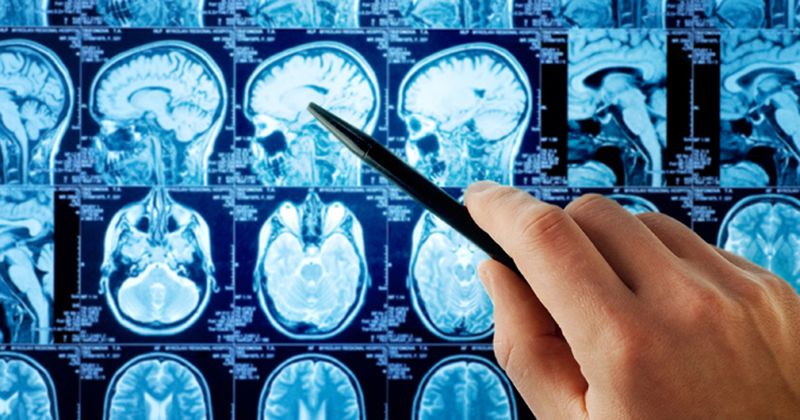Trauma-related dissociative symptoms, severity detectable via fMRI
Network connectivity in the brain may shed light on trauma-related dissociative symptoms and symptom severity, according to results of an intrinsic network connectivity analysis published in American Journal of Psychiatry.
“[Prior] work indicates that the subjective experience of dissociation is associated with measurable brain differences at the group level and structural brain differences at the individual level; however, whether or not these changes are sufficiently sensitive and robust to allow for individual-level estimation of dissociation severity based on brain function has not yet, to our knowledge, been tested,” Lauren A.M. Lebois, PhD, of McLean Hospital in Massachusetts, and colleagues wrote. “In aggregate, these studies indicate that it may be possible to develop methods based on changes in brain structure and function to support current or recently reported dissociative experiences, providing at least a path toward a stable symptom biomarker.”

However, the investigators noted that it is unclear whether brain-based dissociation measure have the proper sensitivity and robustness to allow for individual-level estimates of severity according to brain function. In the current study, they addressed this research gap by applying an intrinsic network connectivity analysis to functional MRI scans of 65 women who had histories of childhood abuse and current PTSD. They used the Multidimensional Inventory of Dissociation to assess for continuous measures of dissociation related to trauma. Further, they derived connectivity estimates with a novel machine learning technique that used individually defined homologous functional regions for all participants.
Results showed a moderate ability of the models to estimate dissociation, after the researchers controlled for childhood trauma and PTSD severity. The default mode and frontoparietal control networks were involved with connections that contributed the most to the estimation.
“Our work represents a foundational step toward building a functional connectivity fingerprint of trauma-related dissociation that may eventually contribute to improved diagnostic and biomarker tools to better understand the neural activity of people with these symptoms and assess the effects of treatment on an individual basis,” Lebois and colleagues wrote.
